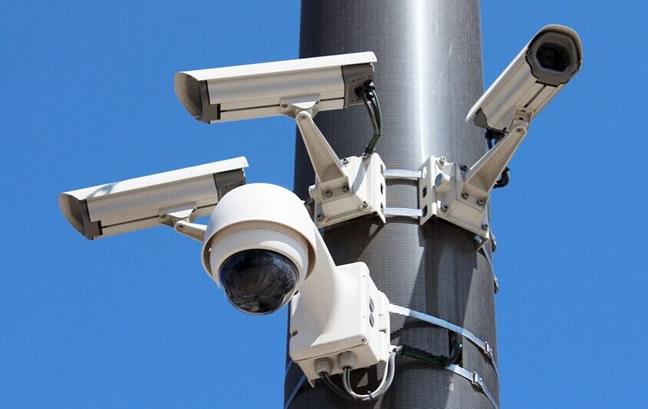Analyze the installation items and fault causes of monitoring
With the rapid development of the Internet age, we must be very familiar with monitoring. Monitoring is ubiquitous in people's lives, and we can't live without video monitoring. Sometimes we worry that our homes will be stolen. Therefore, monitoring installation can be used as a chip in evidence. Do you know what the monitoring installation matters are? What are the common faults? Come and have a look with the editor.
1. What are the components of the monitoring installation?
General monitoring installation usually consists of front-end detector, intermediate transmission part and alarm host. Of course, this only refers to general monitoring installation. If you encounter a large-scale monitoring installation, then this type of monitoring installation is composed of front-end part, transmission part and back-end part. The front-end part refers to: detector and alarm host, The transmission part refers to the transmission from the alarm host to the alarm receiving machine, and the back-end part refers to the central alarm receiving part.
2. Monitoring installation transmission mode? The transmission mode of monitoring installation is mainly wired and wireless.
3. Monitoring installation zone type?
The main types of defense zones for monitoring installation include: access defense zone, immediate defense zone, internal defense zone, 24-hour defense zone, etc
4. What does it mean to go out for defense?
Outward deployment refers to a mode of system deployment when all users leave the monitoring installation protection area. In the outgoing deployment mode, all defense zones in the monitoring installation are working
5. What does staying behind mean?
Left behind deployment refers to a mode of system deployment when the user is in the internal protection area of the alarm system. Under this deployment mode, all surrounding defense areas in the system (such as outdoor perimeter probes, window magnets, balcony curtain probes, etc.) are in the deployment state, and the internal defense areas in the system (generally infrared probes installed indoors) will be automatically bypassed by the system, Internal personnel can automatically move in this area without alarm.

6. What is the entry delay/time?
The entry delay/time means that the entry/exit zone will be triggered after the personnel enter the entry/exit zone outside, but the system will not give an alarm immediately at this time, but is in the entry delay/time state (usually dozens of seconds). In this process, you should immediately withdraw the alarm system correctly, or the system will give an alarm after the entry delay/time is over.
7. What does the out of office delay mean?
Outgoing delay/time refers to the delay/time (usually tens of seconds) left for operators to leave the defense area after the system has deployed. You should leave the entry/exit zone within this period of time, or you will trigger the entry/exit zone after the delay/time ends.
8. What does bypass mean?
Bypass means that one or some defense zones will not be deployed during deployment.
9. Type of detector?
The types of detectors can be divided into: infrared detectors, vibration sensing detectors, gas leakage detectors, smoke detectors, temperature detectors, door magnetic detectors, etc
10. How does the active infrared detector work?
The active infrared detector has adapted to the environment several seconds after installation. When no one or animals enter the detection area, the infrared radiation on the site is stable. Once the human infrared radiation comes in, the pyroelectric device will generate sudden electrical signals through the focusing of the optical system and give an alarm.
11. Operating principle of passive infrared detector:
When an intruder passes through the detection area, the detector will automatically detect human activities in the area. In case of dynamic movement, it will send an alarm signal to the control host.
Wuxi Dehang Technology Co., Ltd., founded in 2010, is a computer network system integration and weak current engineering service company in z industry.
For many years, the company has been committed to information system integration, Internet/Intranet software development, building a technical service network covering the whole country, and providing a complete set of solutions for large, medium and small users such as early planning, scheme design, application development, system installation, debugging and personnel training of information systems and weak current systems. So far, it has provided hundreds of large and medium-sized computer network systems and weak current engineering solutions in the fields of finance, insurance, securities, power, banking, civil aviation, railway, water conservancy, petrochemical, national defense, customs, telecommunications, scientific research institutions, etc.
![]()






